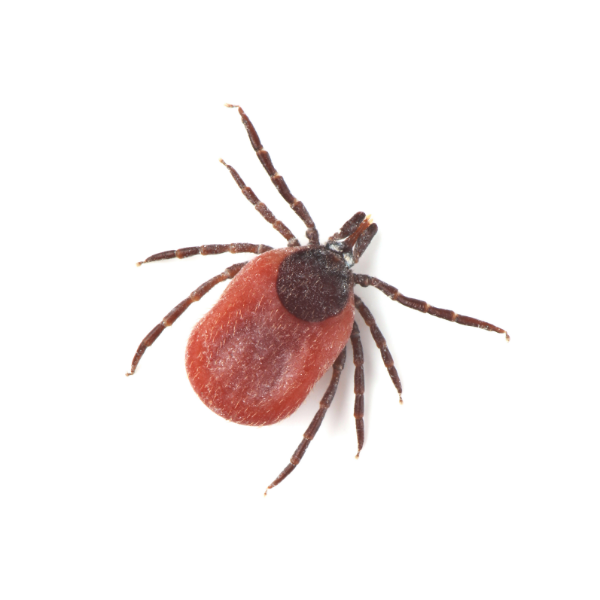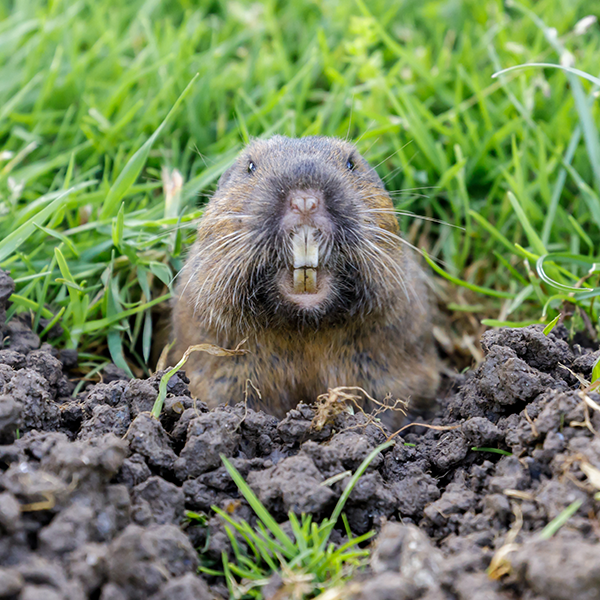Deer Ticks in SANTA FE AND ALBUQUERQUE NM
Deer ticks, also commonly called black-legged ticks, are known carriers of Lyme disease in the US. Primarily found in the eastern and central regions of the United States, it’s worth noting that deer ticks have been expanding their range and can now be found in parts of the southwestern United States, including New Mexico. Their movement to other areas relies greatly on the patterns of their host, the white-tailed deer. Both the nymph and adult stages of the deer tick can transmit diseases such as Lyme disease, Babesiosis, and Anaplasmosis. Each year, there are approximately 30,000 cases of Lyme disease reported to the CDC each year.
Deer Tick Habitat
Deer ticks prefer to live in moist areas that have tall grasses, leaf litter, and shrubs that they can grasp. Typically around 18-24 inches off the ground. Ticks can also live in lawns and yards, especially near the edges of forested areas. Deer ticks won’t commonly be found in the middle of your lawn, preferring yards that border wooded areas.
Deer Tick Behaviors, Threats, or Dangers
Deer ticks can bite! Humans are at the greatest risk for tick bites during spring, summer, and fall. However, adult ticks may search for a host anytime temperatures are above freezing. Adult females and nymphs as the most likely ticks to bite. Taking precautions to avoid tick bites is always recommended. Preventative measures can include: applying an insect repellent containing an EPA-registered ingredient, such as DEET. Wearing long-sleeved shirts and pants that are tucked into socks when walking or working in areas where ticks can be commonly found. If you are dealing with deer ticks, it’s important to contact a professional tick control expert for treatment options.
Say Goodbye To Ticks. Get Started Today!





